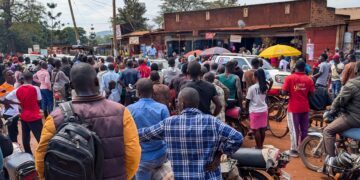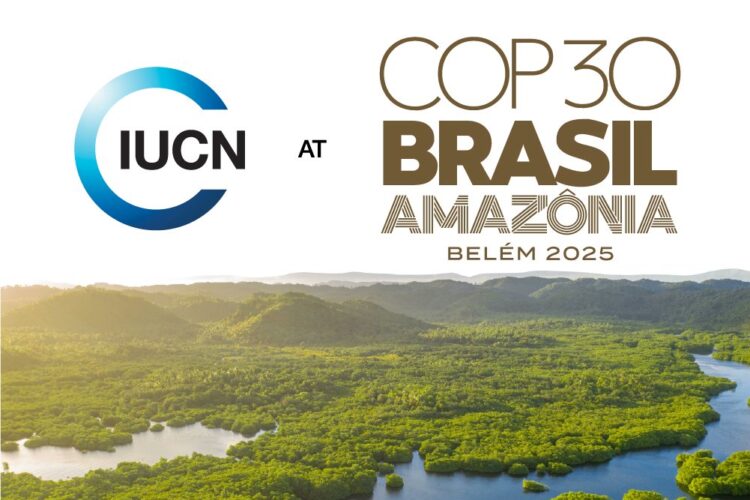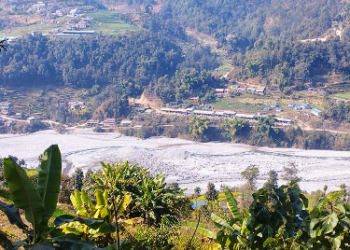OPINION
The 30th Conference of the Parties (COP30) in Belém, Brazil, is poised to be a pivotal moment for global forest conservation finance, centered around Brazil’s innovative Tropical Forests Forever Facility (TFFF). For Uganda, a nation grappling with significant deforestation despite ambitious conservation targets, this new mechanism represents both a potential lifeline and a critical policy test.
Uganda has committed to restoring its forest cover to 24% by 2040, a challenging goal given the immense pressure from a growing population, reliance on biomass for energy (firewood and charcoal), and agricultural expansion. Decades of policy interventions have not kept pace with the annual loss of forest cover, highlighting the need for reliable, large-scale, and long-term funding beyond the traditional, often unpredictable, “grant and aid” models.
The TFFF offers a new approach, a blended finance structure using sovereign and private capital to create an investment fund. Profits from this fund would then be distributed to eligible tropical countries that maintain low rates of deforestation (below 0.5% annually). Payments of approximately $4 per hectare of preserved forest are designed to make “keeping trees standing” more lucrative than clearing them for other uses, directly addressing the core economic driver of deforestation.
For Uganda, the TFFF presents an opportunity for a transformative shift in its conservation financing. The potential for a permanent, predictable revenue stream could free the national forestry budget from the vagaries of short-term project funding and political cycles.
However, Uganda faces key challenges in leveraging this opportunity. First, the eligibility criteria require a low or falling deforestation rate, which many parts of Uganda are currently struggling to achieve. To benefit, Uganda must double down on its current efforts to curb illegal logging, strengthen law enforcement, and secure land tenure rights, especially on private and communal lands where much of the deforestation occurs.
Second, the plan mandates that at least 20% of the payments flow directly to indigenous peoples and local communities (IPLCs), recognized as crucial forest stewards. Uganda’s land tenure systems and governance frameworks need to be robust enough to ensure these funds reach the intended beneficiaries transparently, a process that requires significant legal and institutional reform.
Critics argue the TFFF is a form of “financialization of nature” and ties environmental policy to market interests. Yet, the mechanism is on the table, endorsed by many nations, and aims to mobilize capital on a scale that traditional aid has failed to match.
Uganda’s delegation at COP30 must navigate these complexities. This is not just a climate negotiation; it’s a test of Uganda’s commitment to turning its climate ambitions into bankable, actionable policies. Embracing the TFFF will require political will to address deep-seated governance issues and channel resources effectively. If successful, it could offer a sustainable financial model for preserving its vital forest ecosystems for generations to come. The time to act, to transform commitments into real-world solutions, is now.
By Doreen Asasira, An Environmentalist








































